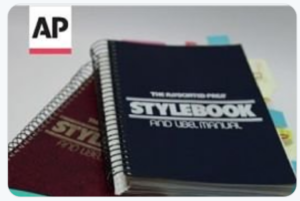Couple of Saturdays ago, when I was at a Wally in Denton, Texas, I saw a bulldog edition of the Denton Record Chronicle.
Page count was at least 28 pages, if I remember correctly. Adhole was 40 percent or better.
Then, I thought, I'd better check. Maybe it's cut to six days a week, or less.
And it had.
Twice a week in print right now.
Will it bounce back at some point?
It could, but ...
BUT ...
Not just for it, but all newspapers that have whacked print schedules?
The "bounceback" is going to have to be an active initiative. At some point, you're going to have to say, "We're just going to have to add back some of those print days."
Maybe you whack pages. Maybe you whack print run and only circulate locally (as in Denton County, no Cooke County, Wise County or elsewhere) on some of the re-adopted print days.
But, the longer you wait, the less likely you are to pick back up many of your print customers.
If I were the DRC?
The weekender, and a Wednesday with store flyers, would be the biggies.
Monday stays dead. Tuesday, a local edition. Friday a local edition and you push heavy for entertainment ads as movie theaters start reopening, etc.
That said, Poynter says e-editions, long an ugly duckling in the papers world, are the hot new thing, citing places like the Arkansas Democrat-Gazette, which is bigger than the DRC, and enabling it to do a statewide edition.
OTOH, the idea of making multiple e-editions per day based on things like breaking sports news? At big papers, especially, that can involve extra time. Plus, sports has never carried the freight in terms of display ads. So, IMO, editors and publishers still have a ways to go on e-edition smartness. And, as Poynter notes, it's still an open question as to how much of the freight e-edition ads can carry versus what they do in print, even if it's an e-edition only day.
==
Compare this with the Casper Star-Tribune, which I'm guessing has about the same potential circ, that is population reach area, as the DRC, but surely a higher actual circ. It is just now making the decision to contract print days, but it's only dropping from seven to five.
==
Update: Sometime before spring 2022, the DRC went to just weekly in print.



